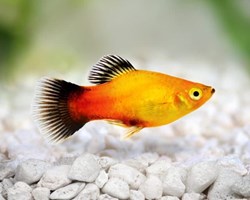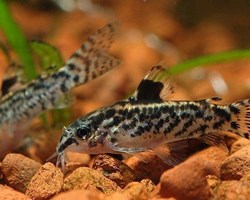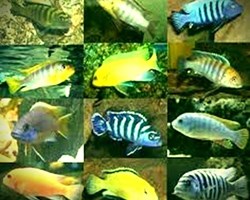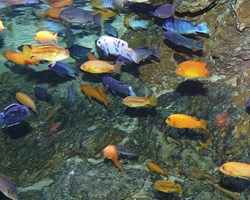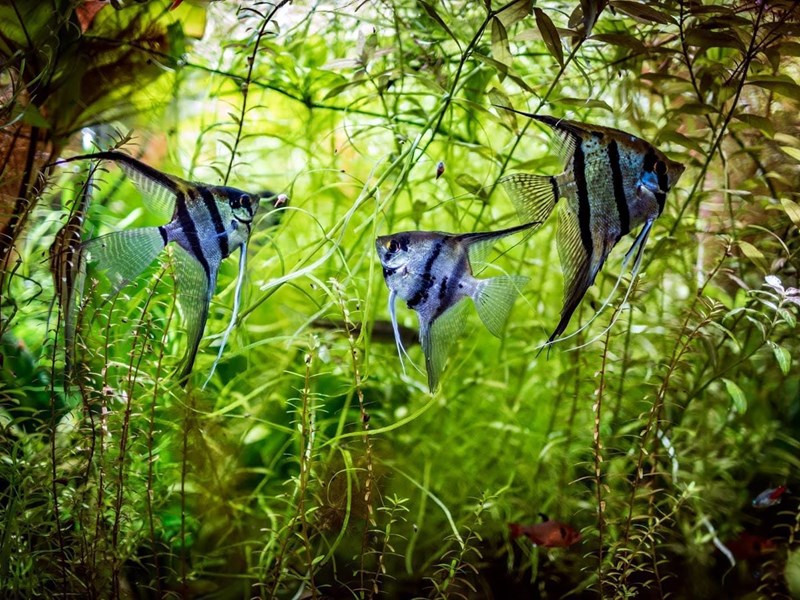
HOW THE SCALAR FISH IS SHARED AND WHAT ARE ITS CHARACTERISTICS IS WHAT YOU HAVE TO KNOW ABOUT THESE FISH:
The scalar fish is known and popular among aquarists with some experience since with slow swimming and gregarious behavior, they give a great sense of peace to our aquariums, not to mention the large number of color patterns they have.
Common name: Scalar fish or Angel fish.
Scientific name:Pterophyllum scalare .
Family: Cichlids.
Temperature: 24 – 30ºC.
Maximum size: 16cm long and 22cm high.
pH: 6 – 7.4 (optimal 6.5 – 7).
Kh: 2 – 3ºKh.
Gh: around 10 ºGh.
Food: Omnivore, but we must be careful to take the right shots so as not to leave residues in the water.
Temperature: It is generally territorial, especially during the breeding season, but it is compatible with other Amazonian species. We should not put them together with individuals much smaller than them unless we have a very large aquarium, since they could end up eating them.
Sexual dimorphism: It is not a fish where it is always easy to differentiate between males and females, although we can be guided by the following guidelines: The male usually has a bump on the forehead and has a crest at the beginning of the dorsal fin.
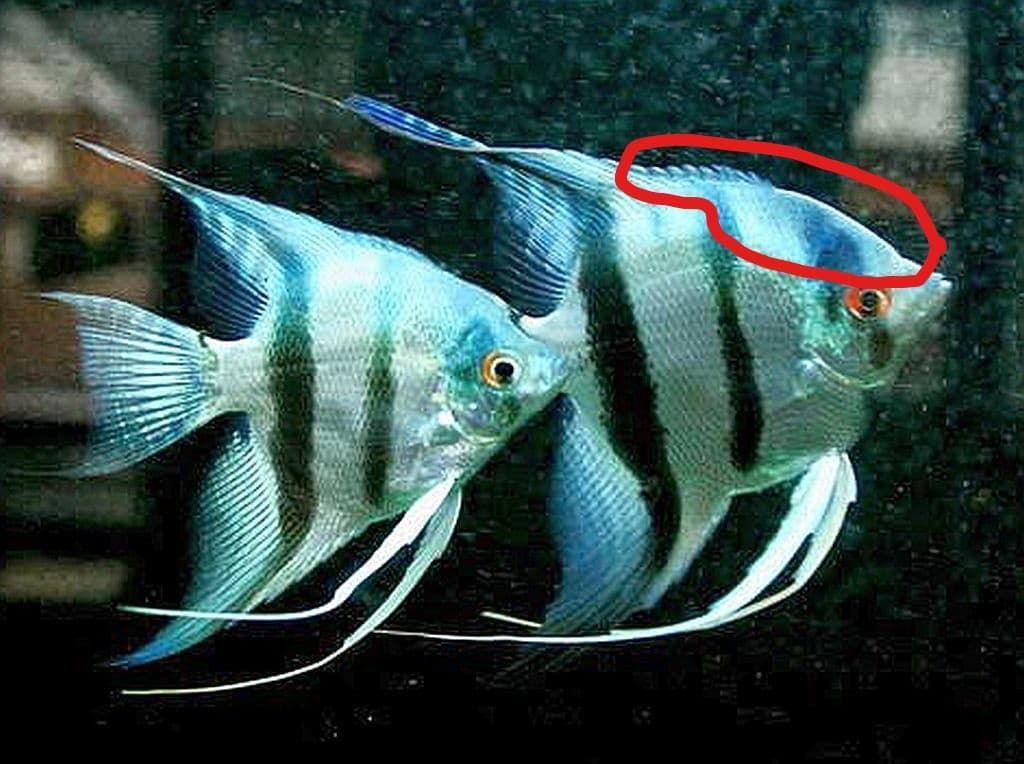
ITS CHARACTERISTICS ARE VERY IMPORTANT TO KNOW HOW TO TAKE CARE OF IT:
The Angelfish or Scalar fish, Pterophyllun scalare, is a fish of the cichlid family of fresh and warm water.
Within the cichlids, the Angelfish belongs to the Cichlasomatine subfamily, which in turn is divided into three different tribes:
- Acaroniini.
- Heroini.
- Cichlasomatini.
There are more subdivisions.
The Angelfish belongs to the genus Pterophyllun, leaf with wings, of the Heroini tribe, endemic species of South America.
It is a very original fish in its morphology, of which there is a great variety of colors.
We can find Angelfish in black, gold, koi or the standard color, which is silver.
They are highly appreciated, because they have a very peaceful behavior.
When they are young they behave in a gregarious way, they live in small groups, but when they are adults they look for a partner to whom they are faithful throughout their lives.
They are fish that reach about 15 centimeters in length, and about 20 centimeters or more in height.
There are no obvious differences between male Angelfish and female Angelfish.
Males have smaller and more pointed genital papillae than females, but it is a difference that is not very easy to detect.
They have a flattened shape, with triangular-shaped anal and dorsal fins, highly developed in relation to the size of their body.
Although apparently they may seem very cumbersome and slow, they are quite the opposite: agile and fast.
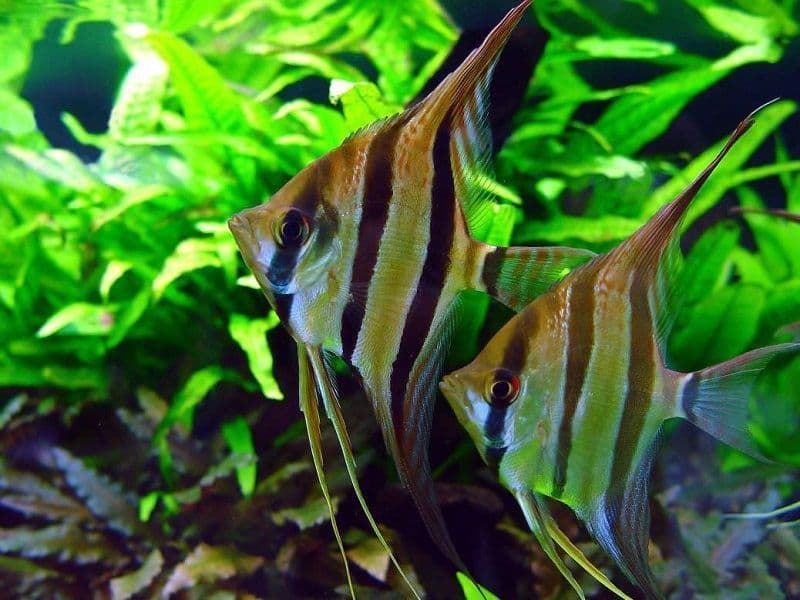
THERE ARE DIFFERENT VARIETIES OF ANGELFISH THAT YOU HAVE TO KNOW:
In the market we can find different varieties of Angelfish.
Most of them have to do with their coloration, but we can also find varieties in their physical morphology, with differences in their fins and veils:
- Silver angel fish.
- Marble Angelfish.
- Black angel fish.
- Blushing Angelfish.
- Gold angel fish.
- Gold marble angel fish.
- Halfblack Angelfish.
- koi angel fish.
- Zebra Angelfish.
- Albino Angelfish.
- Veiltail angelfish, veil tail.
- Angelfish sunset blushing.
- Pearl scale angelfish.
- Blue Ghost Angelfish.
- Pinoy zebra angelfish.
- Pinoy angelfish calving.
- Angelfish gave birth to marble.
- Red German Angelfish.
- Cobalt Blue Angelfish.
- Manacapuru angelfish.
- Blue Zebra Marble Angelfish.
- Ghost Pinoy Angelfish.
- Chocolate Pinoy Angelfish.
- Ghost Marble Angelfish.
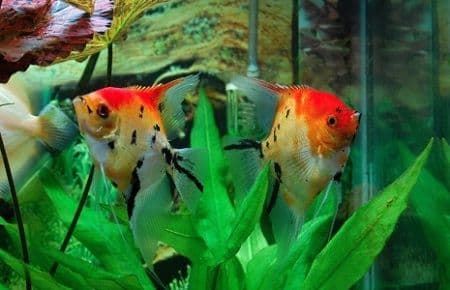
FOR THE BEST CARE OF YOUR SCALAR FISH YOU HAVE TO KNOW WHERE THEY COME FROM:
The Angel fish is native and endemic to the Amazon basin: Colombia, Guyana, Suriname, French Guiana, Peru and Brazil.
Its habitat is the rivers and fluvial systems of the Amazon, in medium waters provided with great vegetation.
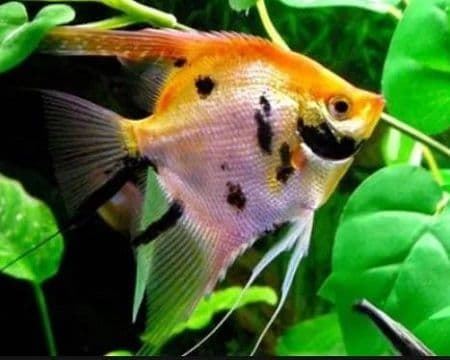
THESE FISH BEING FROM MIDDLE WATERS AND WITH GREAT VEGETATION, THE CONDITIONS OF THE AQUARIUM SHOULD BE:
The size of the aquarium will depend on whether we are going to have a couple or more Angelfish.
For a couple, the ideal size would be about 100 litres, but if we are going to have 4 or 5 scalars, the size must be at least 200 litres.
It must be covered with tall and leafy plants, which will help a good biological filtration.
It is also advisable to have a good mechanical filtration, which helps to eliminate the large amount of waste produced by the Escalar fish.
The ideal aquarium, in addition to containing a good number of broad-leaved aquarium plants, such as anubias, should have trunks and branches in which it can find shelter.
The presence of wood in the water will reproduce the quality of the original water, with a large amount of tannins.
Woods such as mopani or mangrove, dried leaves or alder cones can be used.
We can find some commercial products for sale, which are going to be perfect substitutes.
The substrate of the aquarium will not influence its habitat much, it is true that a sandy bottom provides a more natural habitat, but it is highly inadvisable for a planted aquarium.
We can use the sand only as a decorative effect, or for those areas where there are no plants.
It is a fairly resistant fish that can withstand adverse conditions in the aquarium, but occasionally and not continuously.
For the Escalar fish to develop in perfect conditions, the aquarium water must maintain the following characteristics:
- Temperature between 24ºC and 30ºC.
- pH between 6 and 7.4.
- Kh 2.3.
- Gh around 10.
- Water free of nitrogenous compounds.
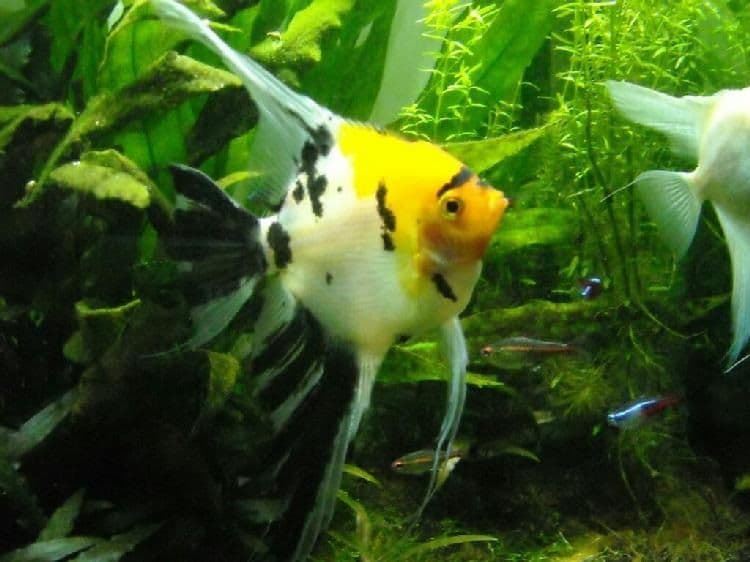
AT GLU GLU PET WE ADVISE YOU THE BEST NUTRITION FOR YOUR ANGEL FISH OR CLIMB:
They are omnivorous.
In the wild they feed on small crustaceans and aquatic invertebrates, although in captivity they will willingly accept prepared dry food, which we must supplement with live or frozen food, such as brine shrimp, daphnia, tubifex worms.
It is recommended to distribute the food in two daily meals, not too abundant so that everything that is offered is eaten and there are no residues in the aquarium.
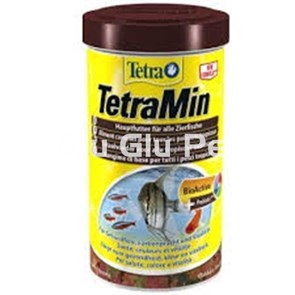
TO BE ABLE TO TAKE CARE OF AN ANGEL OR CLIMBING FISH, YOU HAVE TO KNOW WHAT ITS BEHAVIOR AND COMPATIBILITY IN AN AQUARIUM:
They are docile fish and with a certain gregarious behavior when they are young, until they find a partner, to which they join for life.
To be able to reproduce Angelfish in the aquarium, it is advisable to have at least five young specimens, until a stable couple is found.
They can have a territorial behavior, especially in the breeding season.
Although it does not usually have problems with other fish, if we make it live with smaller fish, it is possible that they will serve as food.
Compatible fish without restrictions:
- Harlequin fish.
- Apple Snail.
- Betta fish.
- Pearl Gourami.
- Molly fish.
- Otocinclo.
- Discus fish.
- Nun fish.
- Botia Clown.
- Silver Dollar.
- Corydoras.
- Ancistrus.
- Ramirezi.
Fish compatible with restrictions:
- Zebra fish.
- Platy.
- drunk.
- Tetra Neon.
- Guppies.
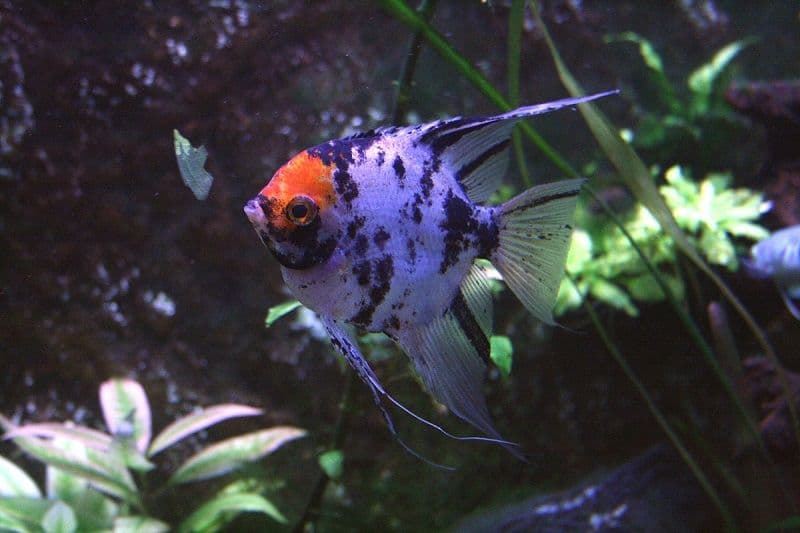
HOW TO TAKE CARE OF YOUR ANGEL FISH OR CLIMB FOR CAPTIVE BREEDING:
During spawning, the female lays her eggs on a wide leaf or a hard, vertical surface, such as a blackboard or even the walls of the aquarium.
The eggs are fertilized by the male.
The eggs remain attached to the support during the three days that incubation lasts, and the parents, both, actively take care of the eggs, aerating them so that the fry are born in good conditions.
Once the eggs hatch and the fry appear, they must be fed with infusoria, which will gradually be replaced by Artemia nauplius.

